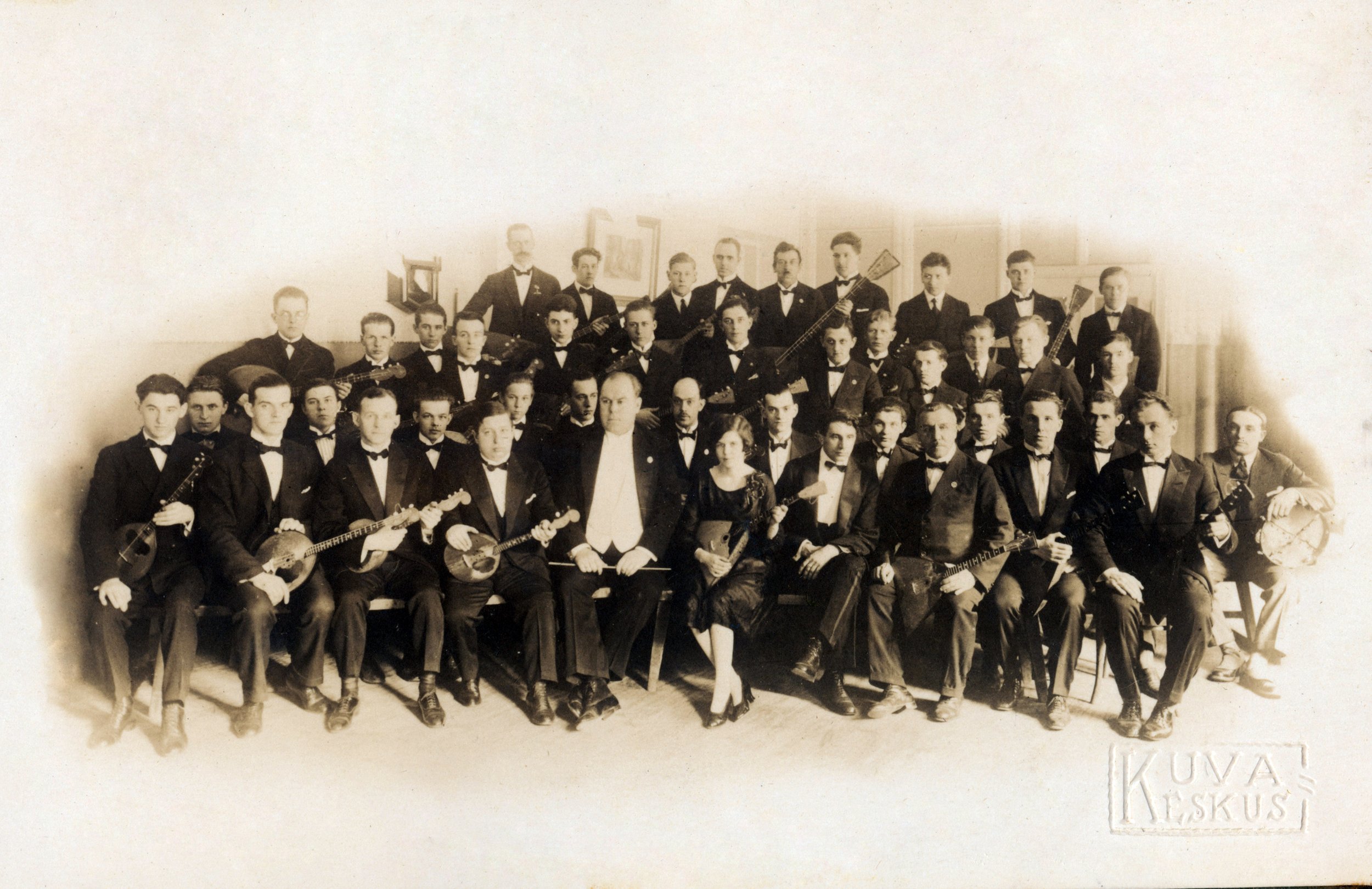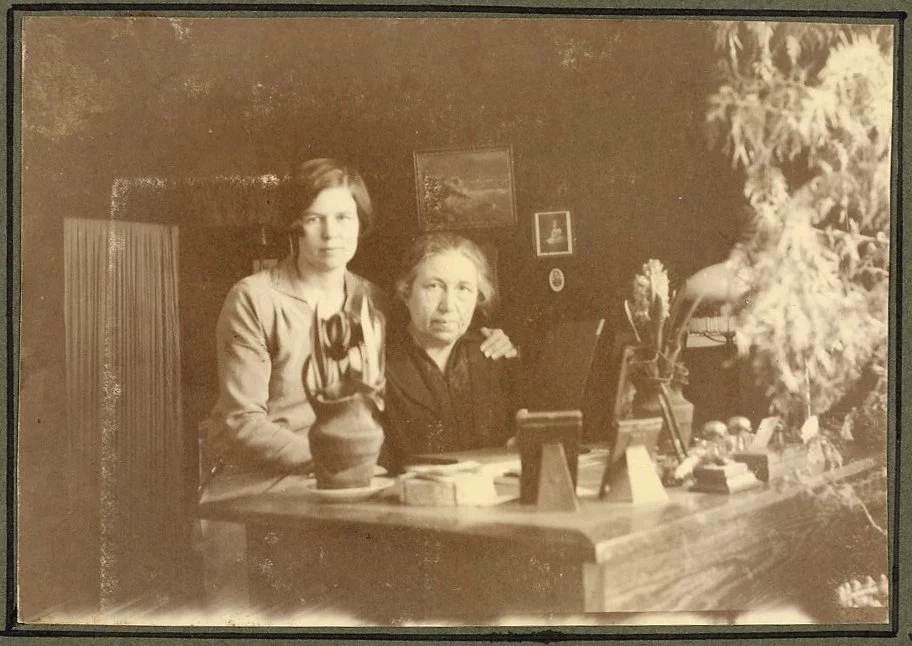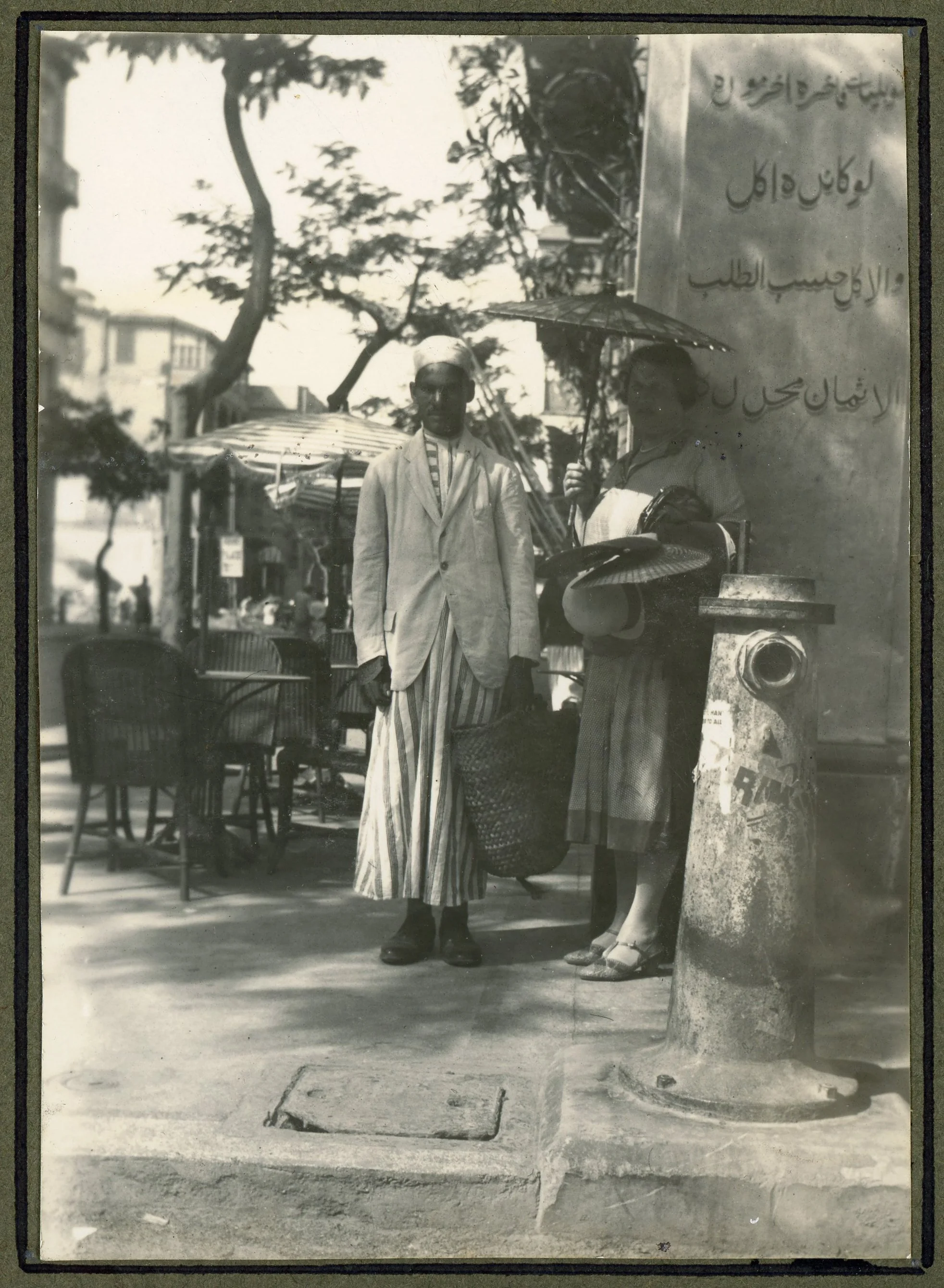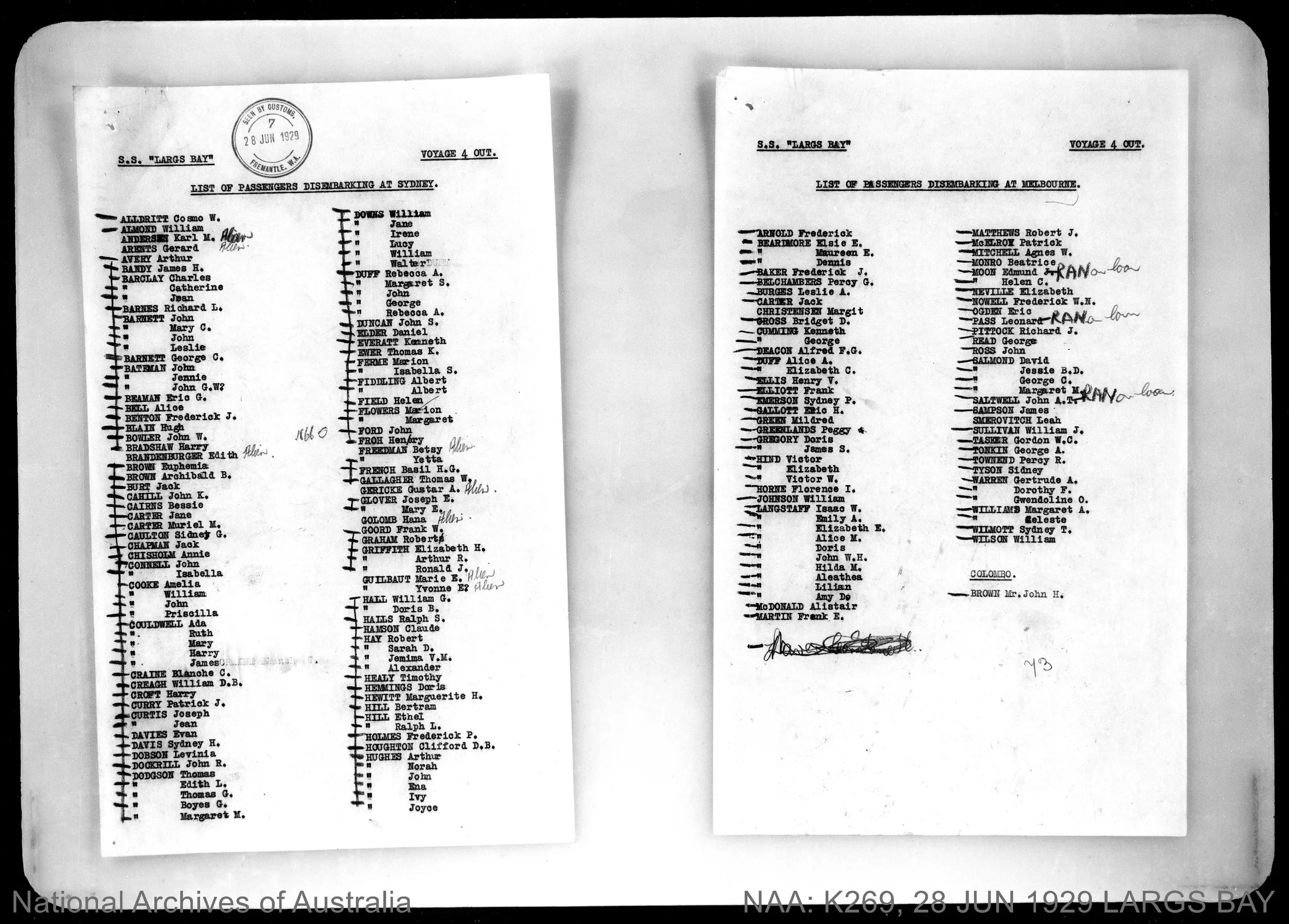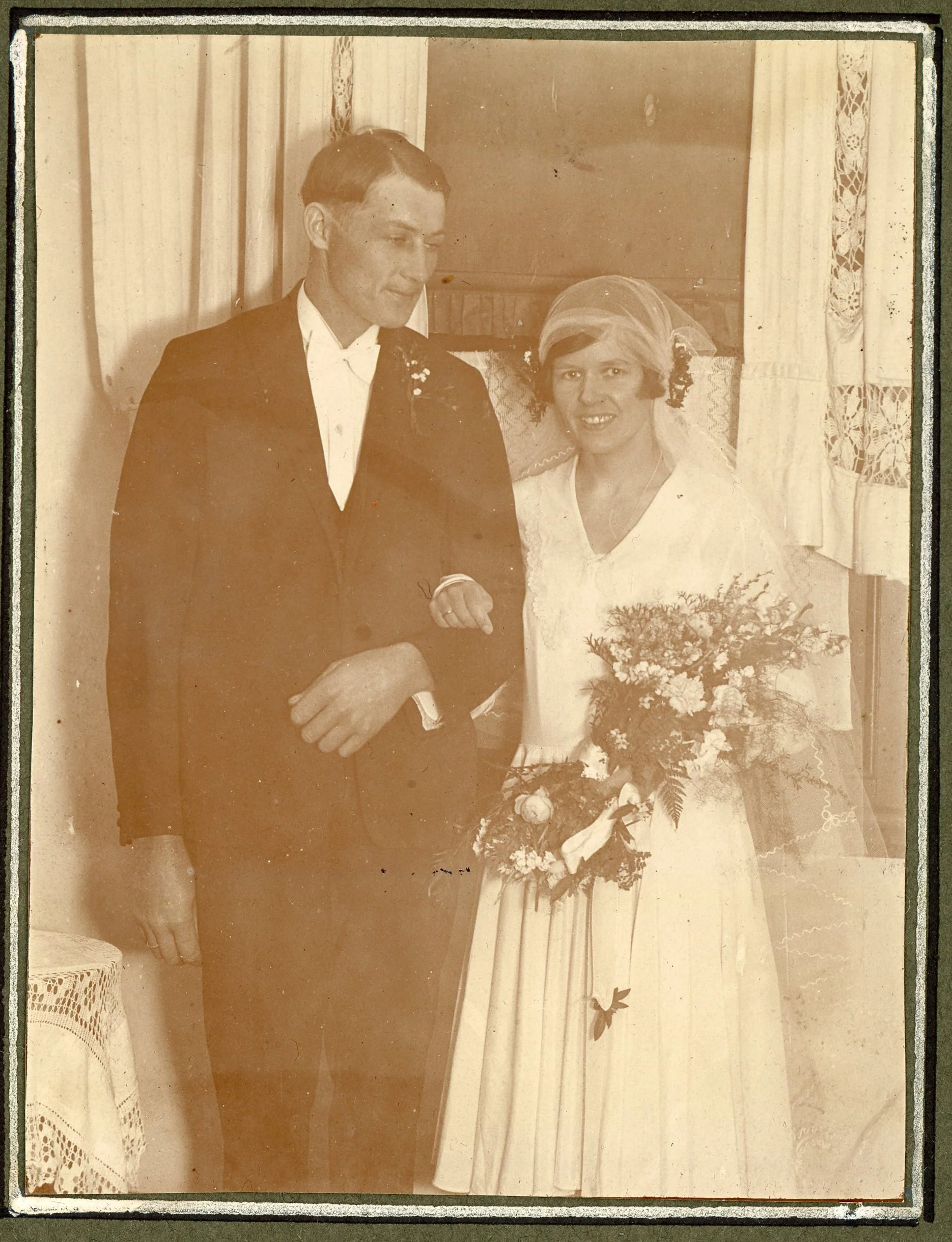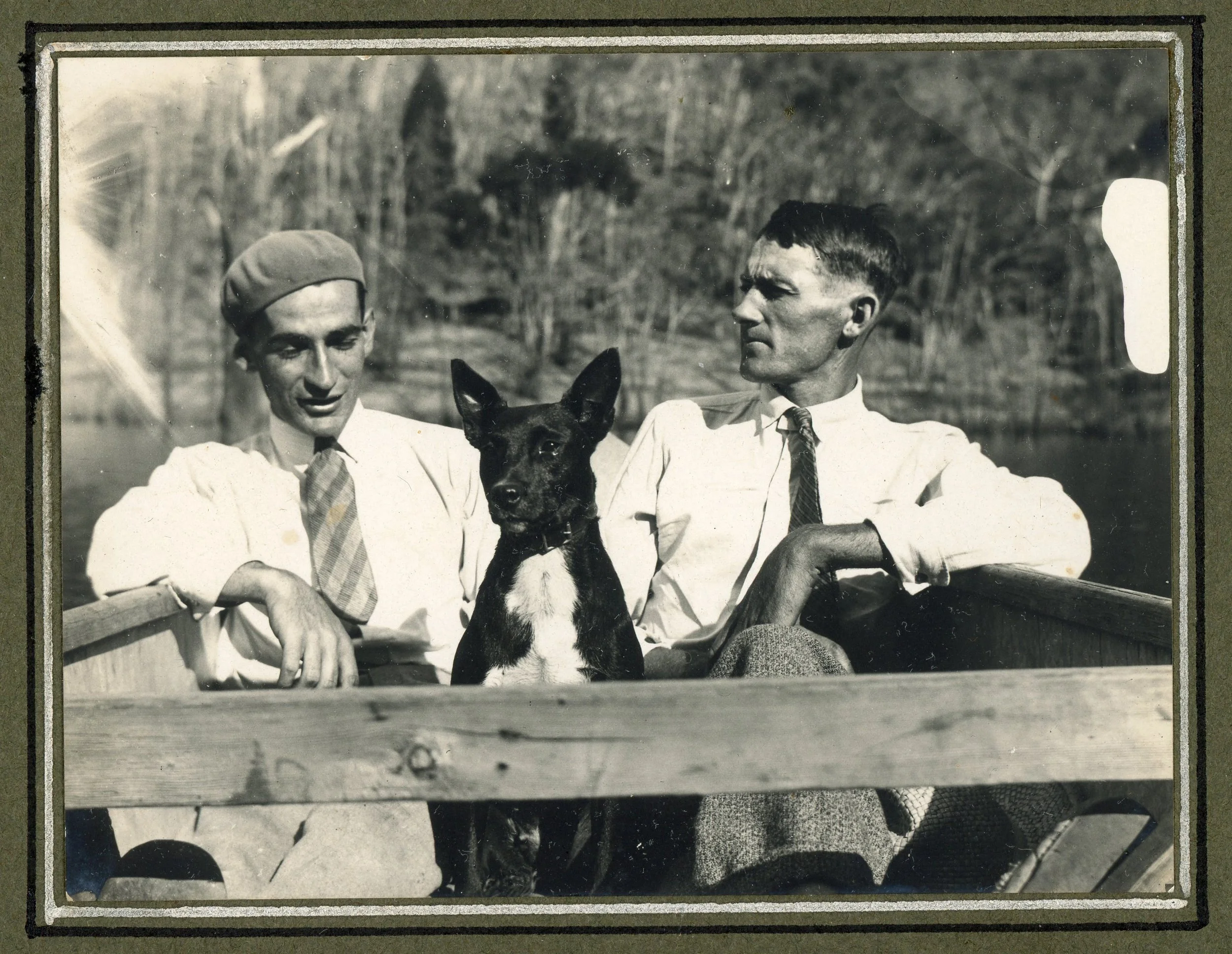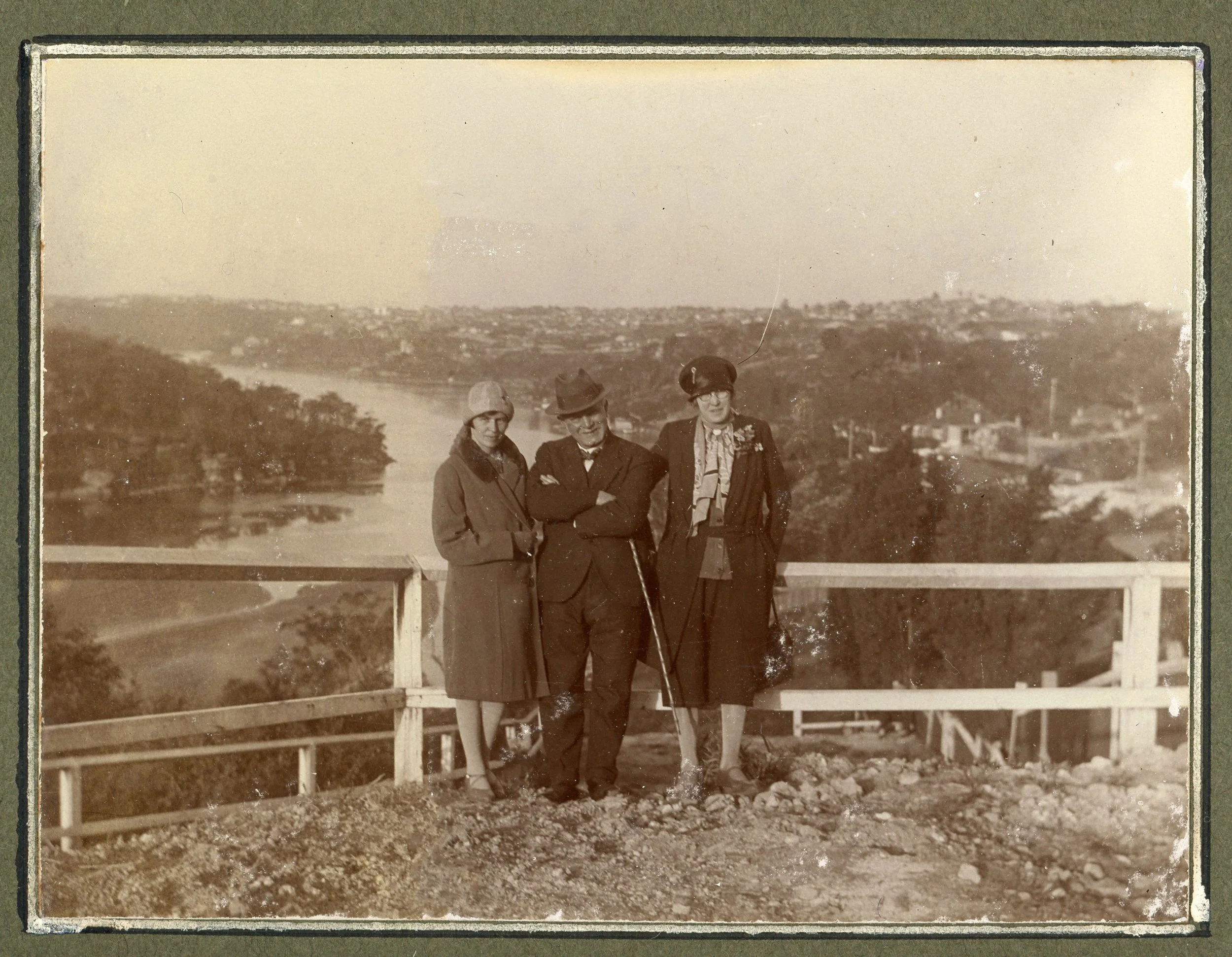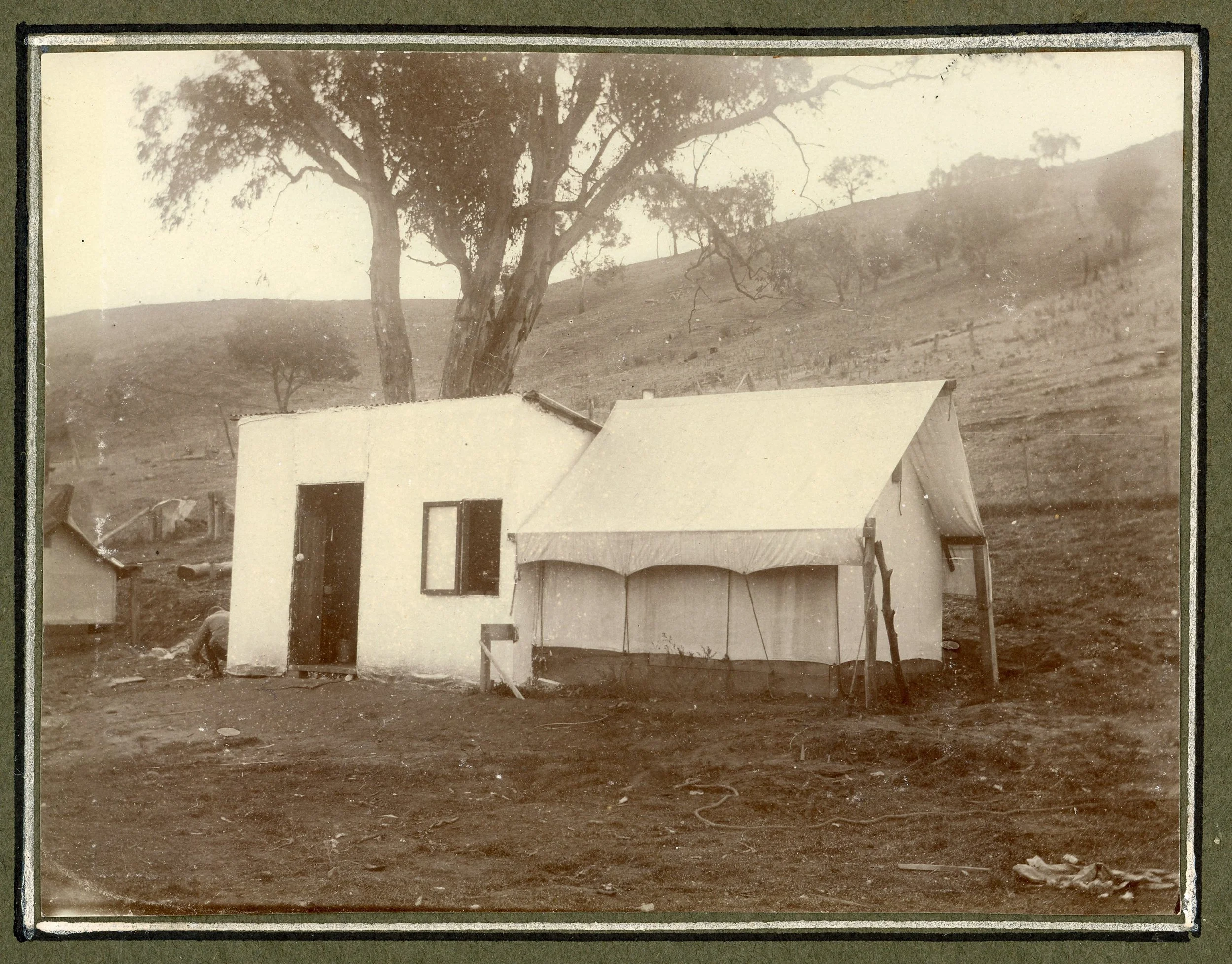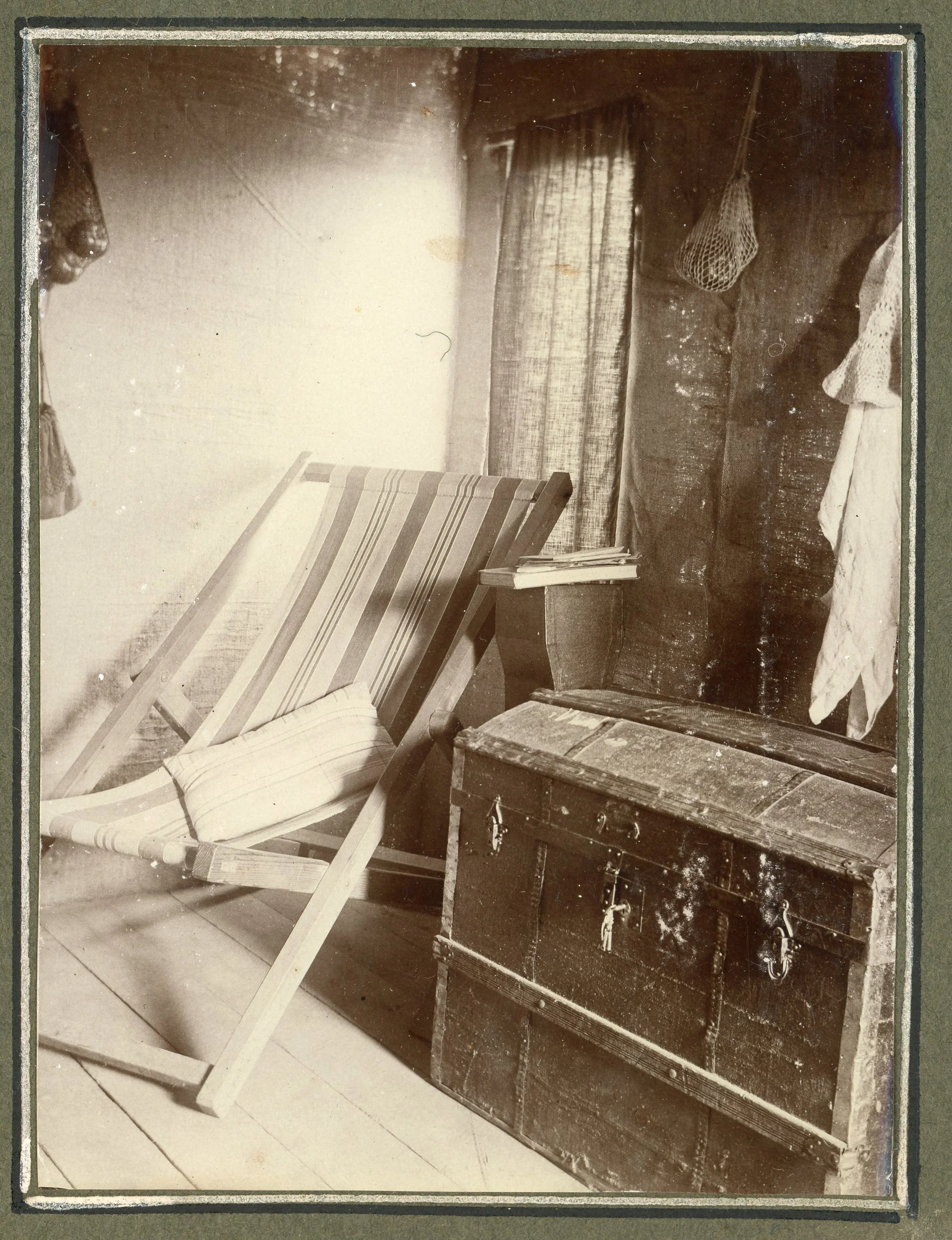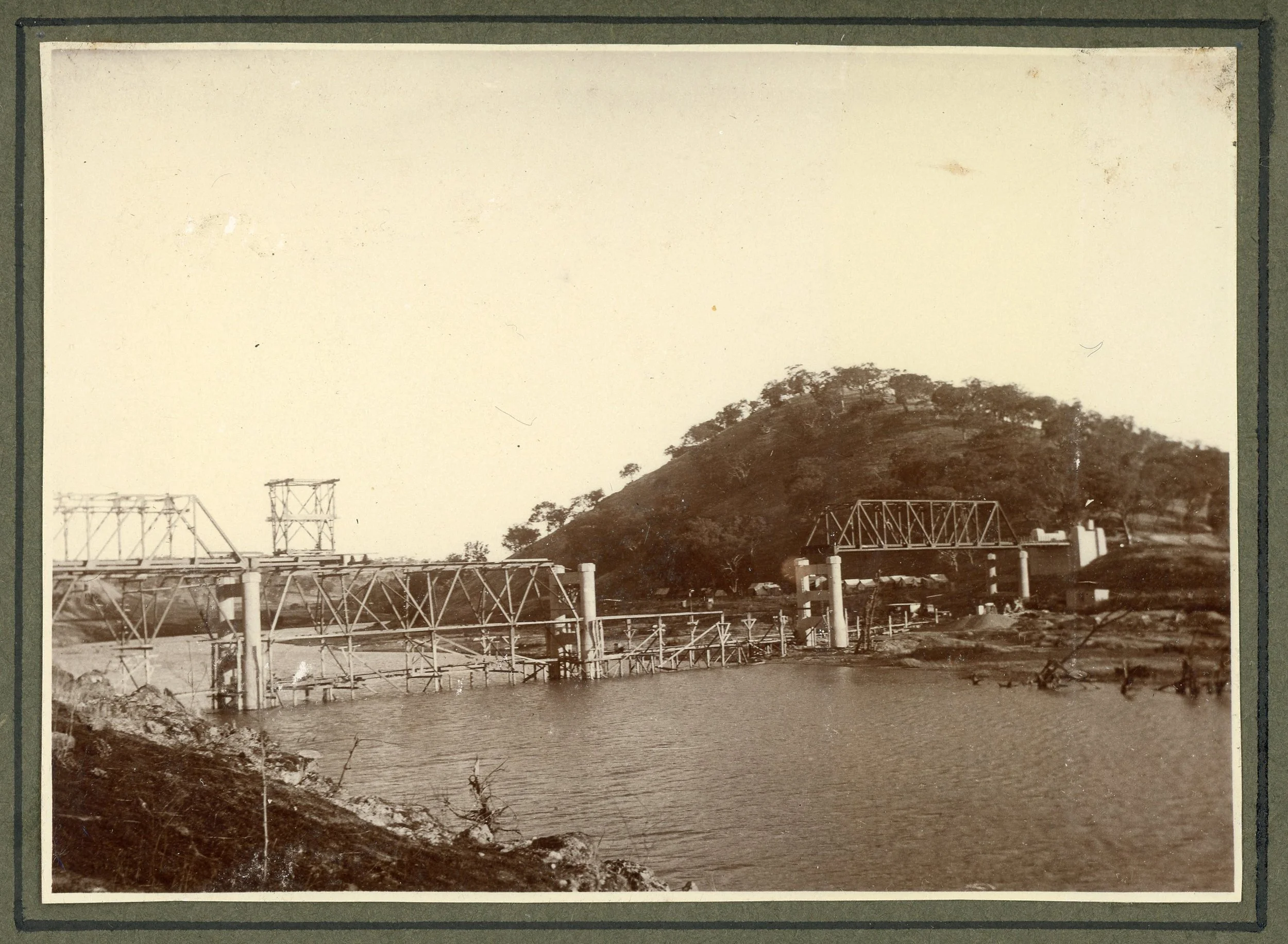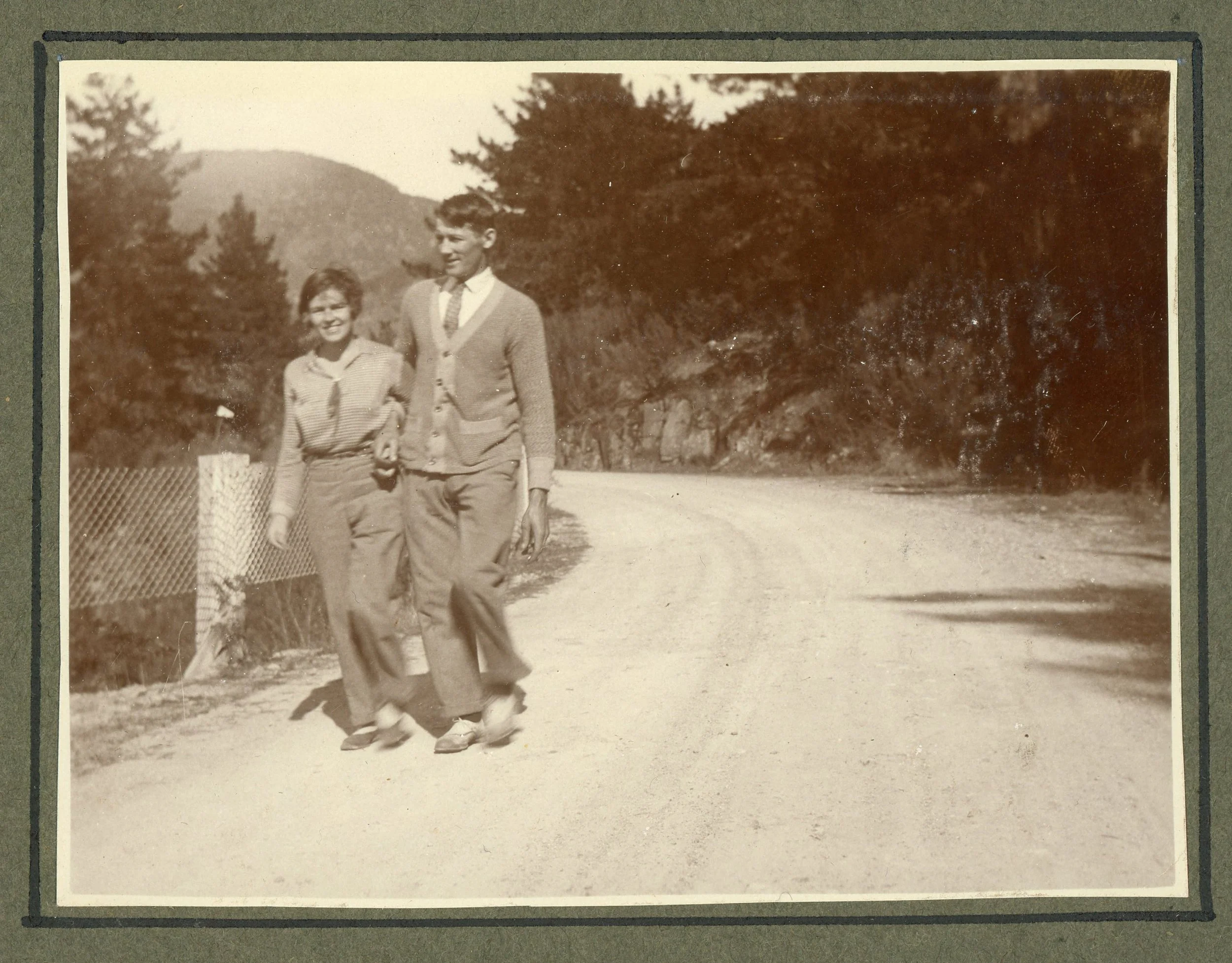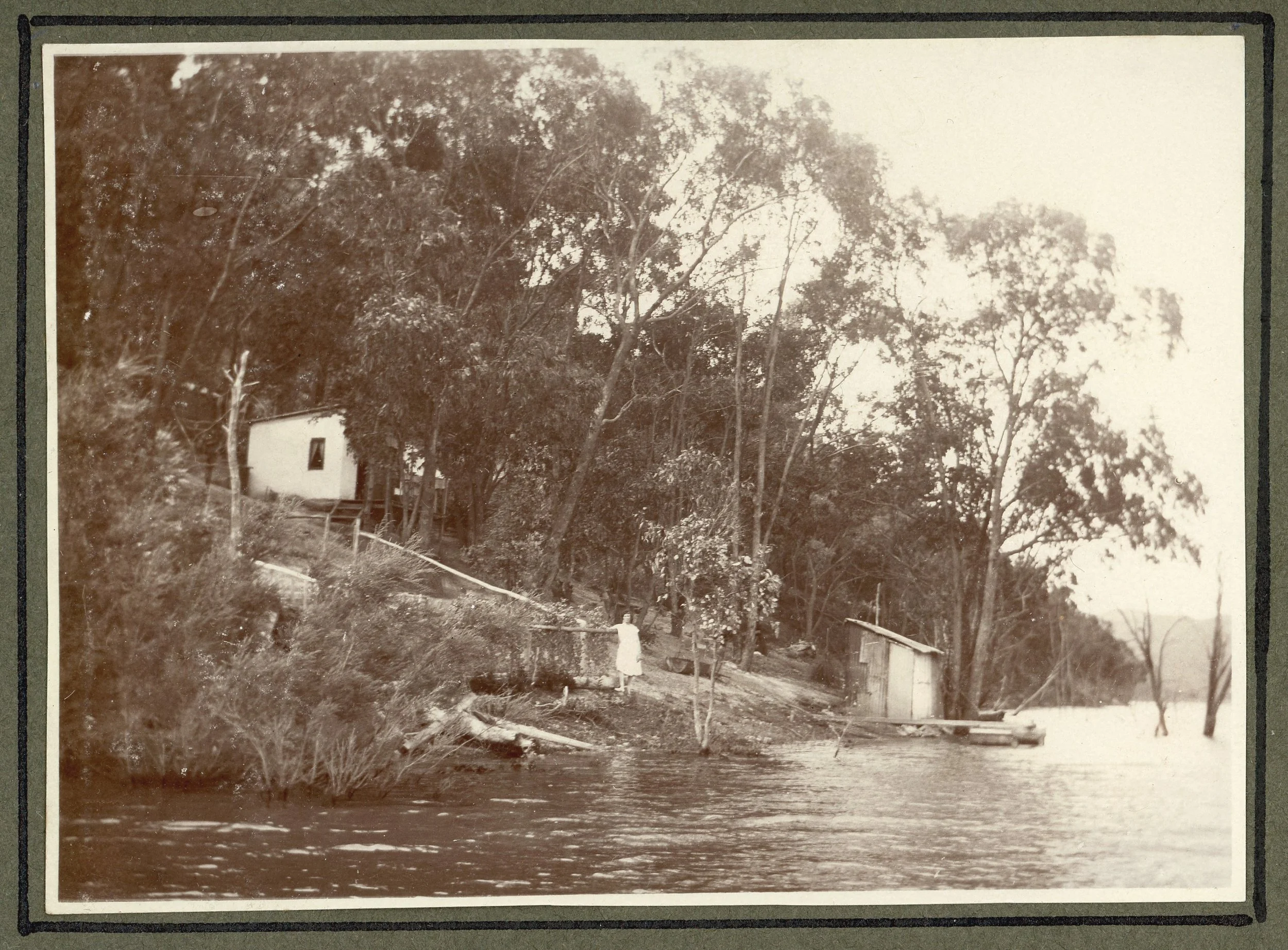The journey to Australia - 1929-1930
The images on this page illustrate Edith’s journey to Australia to join her beloved Sverre in 1929.
The page is a work in progress - a bit of an experiment. Pictures and information may change over time.
You can read letters about Edith’s weeks on the steamer the Largs Bay from Southampton to Sydney (translated into English) and more (in German) from this time.
Please let me know if you spot errors or would like to share more information.
Sverre lodged this form to apply for Edith's admission to Australia. From the National Archives of Australia
Edith was particularly sad to leave the Helsinki Balalaika Orchestra behind. She never joined an orchestra again. Although she did bring her instrument with her to Australia, she only had a few opportunities to play later.
Edith's passport from 1924. It includes stamps with her visa to travel to Australia in 1929. The cover page identifies her as Prussian.
Newspaper clipping which Edith sent to her family in October 1929. The arrows show where the steamer entered the harbour and the X marks the spot where she first saw the Norwegian flag Sverre was waving to welcome her to Australia.
A final Brandenburger family picture. Back row: Edith with her mother Meta and older brother Leo. Leo was an engineer who worked for Siemens. Front row: Father Richard and Edith's younger brother Paul who was finishing off medical studies and became a doctor.
Edith had spent four years in Helsinki by the time she left for Australia. There she had contact with members of her mother's family and family friends from Russia and Estonia. This picture shows Edith with her Tante Lidy who was Meta's sister and lived in Finland.
This is believed to be the Zilchert family. They were close friends of the Brandenburger family living in Finland.
Edith at a dinner with the Zilchert family.
Edith with friends in Finland.
The Largs Bay was an English passenger and freight steamer in regular traffic between Southampton and Australia. This is the ship Edith travelled in on her journey.
Edith spent a lot of time on the deck. It was common for passengers to sleep there during the hotter parts of the journey to escape the heat of the cabins. The deck got washed each morning at about 6.30 - which meant this was not a place for a long morning snooze.
Port Said was one of two stops on the trip to Australia. Edith and a Miss Marsden used the opportunity to go exploring. They were helped along by a local.
Edith befriended Miss Marsden and Miss Wagner on the ship. They managed to get a cabin together and kept each other company on the trip. Miss Wagner had plans to start a fashion shop in Sydney, while Miss Marsden was planning to start up a chicken farm (a thought she quickly left behind once she saw living conditions on Australian farms). The friendship ended not long after they arrived in Australia.
Miss Marsden and Miss Wagner with a young couple (possibly name Hall) on board the Largs Bay.
Edith thoroughly enjoyed the short stop of the Largs Bay in Colombo. She had befriended the ship's purser, Mr Hobden, who took her on a trip to Kandy.
The stop in Colombo was exciting, with smells and noises stimulating the senses.
Passenger list for the Largs Bay when it docked in Fremantle on 28 June 1929. You can see Edith Brandenburger as a passenger scheduled to depart the ship in Sydney. Source: National Archives of Australia
Edith and Sverre got married at St Stephen’s Church in Willoughby on 9 July 1929. The wedding celebrations had been arranged by Mrs Hindwood and the family helped them get dressed for the occasion. Edith says Sverre's hair had been greased beyond recognition and her face was hidden by a thick layer of powder. This picture was taken by Keith Hindwood, who was Sverre's best man.
Sverre loved the Australian bush and it didn't take long before he brought Edith out to experience it.
Keith Hindwood (on the left) was a close friend of Sverre in the early 1930s. He was a pioneer of bird photography in Australia and a leading amateur ornithologist.
Sverre had made close friends with the Chaffer family through their shared interest in ornithology. The Chaffers owned tanneries in Willoughby. This picture shows Edith with members of the family.
Edith was very grateful for the generous welcome and support she received from both the Chaffer and Hindwood on her arrival in Australia. They were particularly supportive as she spent 12 weeks in Parramatta District Hospital recovering from injuries sustained in a car accident in September 1929. This picture of a family picnic appears to show Mrs Hindwood at the front right, but other people not identified.
This may be the Zoologists Cabin at Waterfall in Royal National Park. This was a popular destination for the Sydney birdwatching community, including Sverre. There was also a nature cabin on the northern side of the park. Both no longer exist.
Sverre was employed as a carpenter by the Monier State Pipe and Reinforced Concrete Works on a couple of occasions. In January 1930 he started work on building a bridge at Taemas near Yass, in NSW. Edith joined Sverre at the workers village, which consisted of some 35 men, as well as some women and children.
Living conditions at Taemas were basic.
This is the cabin Edith and Sverre lived in at Taemas. The cabin was made of tin and the tent was double layered, insulated with wood shavings. Edith described the tent this way: "First there are boards at the bottom, then canvas stretched over a house-shaped frame and attached to the boards. The entrance side is bordered by the house, which is higher than the tent. There is a board above the tent and a board on both sides, about ¾ meter apart, over which an extra canvas roof is stretched, which keeps the sun and rain away from the actual tent roof."
Home sweet home. Sverre made most of the furniture in the cabin, including the deck chair and cabinets. The stove was bought second hand for 30 shilling and was a rarity in the worker's village where most had open fires.
The small travellers chest was handy in the bush (still in family possession)
The Taemas bridge in construction.
Edith did laundry and enjoyed a regular swim in the river. Sverre built the boat at the back. He loved fishing and caught a lot of trout which he smoked.
Edith and Sverre on a walk.
Sverre got work at Burrinjuck later in 1930. This is the cabin where they lived while he worked there. A flood once meant they almost had water all the way up to the cabin.
Edith with friends in their cabin. Sverre made the furniture from timber on the work site. The figurines and angels at the back shelf were presents from the family in Germany.
The first car - it was a matter of quite some excitement when they finally got their own car.

